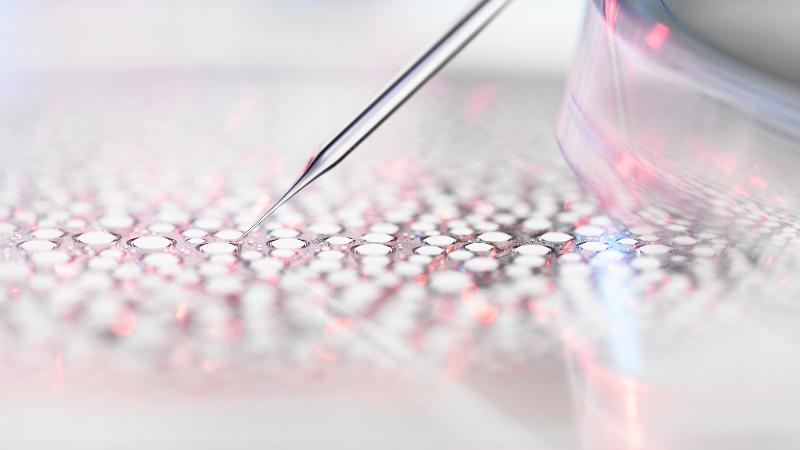
New research show cells move and interact with each other in a way that is counter to what scientists have always believed.
The study, published in the Journal of the Royal Society Interface shows that cell movement actually increases when there are more cells around.
“We were quite surprised,” said Alex Browning, a PhD student with the ARC Centre of Excellence for Mathematical and Statistical Frontiers (ACEMS) at QUT and lead author of the study. QUT Mathematics Professor Matthew Simpson supervised the project.
“Scientists in the past have thought of cells like people. The more space you’ve got, the easier it is to move. Turns out, it is more complicated than that. They need more cells before they move,” Professor Simpson said.

The motivation for the study was to test some new mathematical models the team had recently developed. It turns out, they’re ideally suited to explore cell biology experiments.
Such experiments are commonly used as screening tools to understand potential drug treatments, or different physical treatments like different surface coatings.
The team used advanced mathematical modelling and statistical analysis on a common experiment used by biologists known as a scratch assay. Cells are placed in a well, and then a scratch is made to create a large vacant region that separates the cells.
Scientists then observe how the cell population grows and cells move to fill up that space. In this research, the team used prostate cancer cells.
Surprisingly, typical experimental protocols do not vary the initial cell density, or the initial number of cells that are used.

“We wanted to explore how cell density affected the dynamics of the experiment by quantifying this. Our mathematical and statistical methods allowed us to identify the nature of cell to cell interactions in the experiments that might lead to density dependent behaviour,” Mr Browning said.
The other issue is that cell biologists and mathematicians have always assumed that cell movement, or motility, is independent of density, and not affected by cell-to-cell interactions.
“Our results showed the opposite of what has always been assumed. It turns out, a higher density environment where there are more cell-to-cell interactions actually increased cell movement,” Mr Browning said.

QUT mathematical biologist, Dr Wang Jin, who co-authored the study, said the results were significant.
“Biologists do all sorts of ‘in vitro’ experiments, where they grow cells in the lab. But there is no standard protocol that tells them how many cells they should put into the well to run their experiment. Our results show that it matters how many cells they use,” he said.
Professor Simpson said it also had implications for mathematicians.
“People often don’t change things. The simplest thing we have done here is to change the initial number of cells," Professor Simpson said.
"By changing some of the most fundamental features of these experiments, which is so basic that no one ever questions, we actually learn an awful lot.”
Published article: https://royalsocietypublishing.org/doi/10.1098/rsif.2020.0143#d3e4987
Open Access: https://www.biorxiv.org/content/10.1101/811257v2
Media contact:
Rod Chester, QUT Media, 07 3138 9449, rod.chester@qut.edu.au
After hours: Rose Trapnell, 0407 585 901, media@qut.edu.au
Tim Macuga, ACEMS, Timothy.Macuga@qut.edu.au, 07 3138 6741


